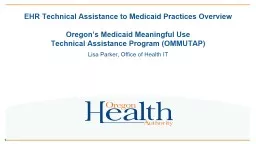PPT-Title III Updates 2019 Coordinators’ Technical Assistance Academy
Author : stefany-barnette | Published Date : 2019-12-22
Title III Updates 2019 Coordinators Technical Assistance Academy The academy was planned under a grant from the U S Department of Education USED However the content
Presentation Embed Code
Download Presentation
Download Presentation The PPT/PDF document "Title III Updates 2019 Coordinators’ ..." is the property of its rightful owner. Permission is granted to download and print the materials on this website for personal, non-commercial use only, and to display it on your personal computer provided you do not modify the materials and that you retain all copyright notices contained in the materials. By downloading content from our website, you accept the terms of this agreement.
Title III Updates 2019 Coordinators’ Technical Assistance Academy: Transcript
Download Rules Of Document
"Title III Updates 2019 Coordinators’ Technical Assistance Academy"The content belongs to its owner. You may download and print it for personal use, without modification, and keep all copyright notices. By downloading, you agree to these terms.
Related Documents

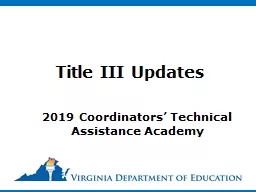
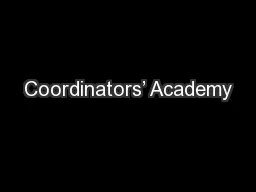
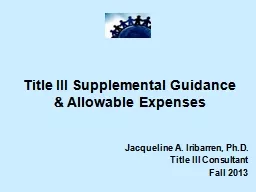
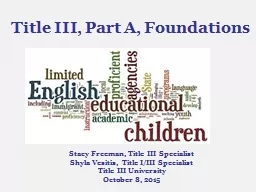
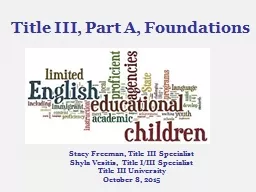
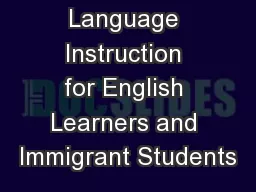
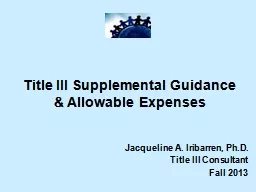
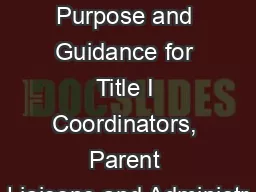
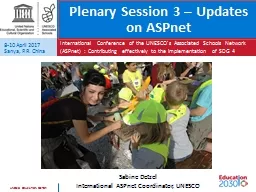
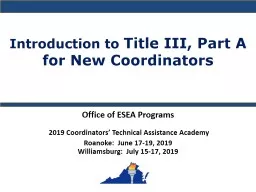
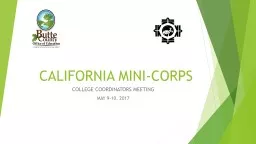
![[DOWNLOAD] - Service Academy Admissions: An Insider\'s Guide to the Naval Academy, Air](https://thumbs.docslides.com/902433/download-service-academy-admissions-an-insider-s-guide-to-the-naval-academy-air-force-academy-and-military-academy.jpg)
![[READ] - Service Academy Admissions: An Insider\'s Guide to the Naval Academy, Air Force](https://thumbs.docslides.com/905440/read-service-academy-admissions-an-insider-s-guide-to-the-naval-academy-air-force-academy-and-military-academy.jpg)
